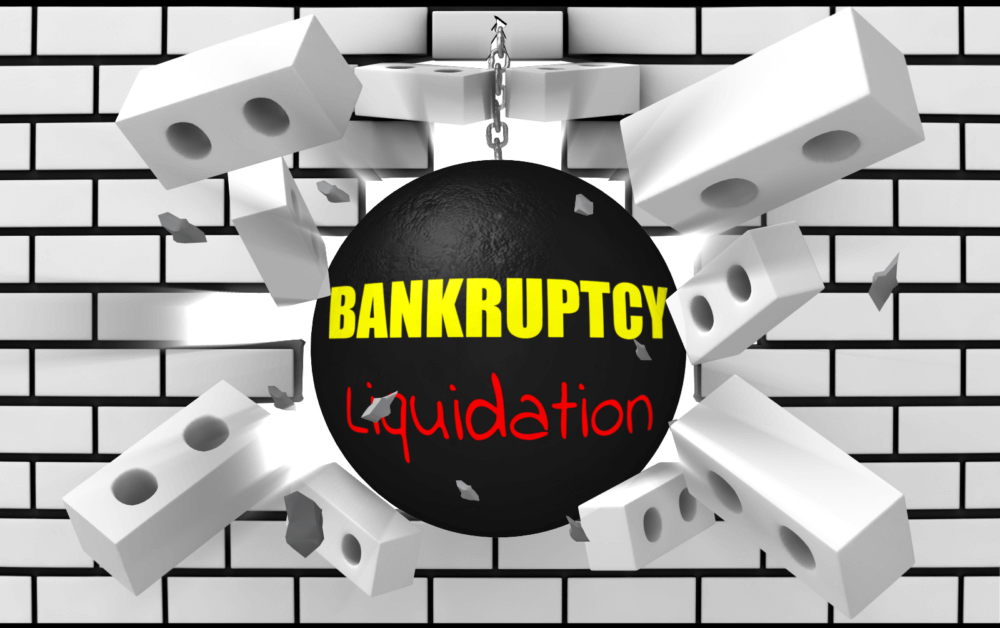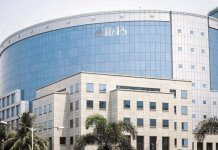
With the end of RBI’s time line of 180 days for the resolution of 12 largest stressed accounts, the corporate resolution process initiated in the country under the IBC (Insolvency and Bankruptcy Code) 2016 is all set to shift from resolution to liquidation.
The bankruptcy procedures got a punch with the RBI’s almost forced invoking of resolution process on 12 largest stressed assets that have a value of more than Rs 2000 crores on February 12, 2018.
RBI’s time line for resolving stressed assets between lenders and defaulters ended on 27th of August. Altogether, there are around 70 large stressed accounts worth over Rs 3.8 lakh crore set for resolution and insolvency procedures.
As per the available trend on resolution, bulk of the stressed entities were not resolved. Resolution means lenders and corporate defaulters agree to put life into the stressed firm by adopting rehabilitation steps like restructuring of loans.
Similarly, lenders have suffered significant losses in several cases like in Alok Industries where there was a higher hair-cut of 86 per cent. Here, banks will be getting just 14% of the defaulted amount.
If there is no consensus for resolution, the account will be sent to the bankruptcy procedures where liquidation awaits them.
Lack of consensus between the lenders and defaulted corporate means the stressed assets or firms cannot be functionalized, thereby producing job losses and redundant production facilities.
Though there is a 15-day grace time before moving to the next step of bankruptcy and insolvency procedures under the jurisdiction of the dedicated insolvency body -the National Company Law Tribunal, there is not much hope that the defaulters can obtain an amicable deal with lenders.
Resolution experience during the last one year was quite eventful. The government made amendment to the Insolvency and Bankruptcy Act was amended several times. A modified eligibility criterion for resolution applicants made the promoters and defaulters ineligible for resolution application.
In the resolution process also, several interesting turnarounds occurred. Though most of the stressed assets were not attended by lenders, some assets with sound prospects were competitively bid by resolution applicants.
For example, the Binani cement was agreed to be purchased by UltraTech Cement for a higher price outside court though the NCLT awarded the stressed firm to Dalmia Cement.
The insolvency procedures in the country has got a legal framework with the enactment of the Insolvency and Bankruptcy Code 2016. Following the legislation, legal supporting institutions like the National Company Law Tribunal, the National Company Law Appellate Tribunal, and the Insolvency and Bankruptcy Board of India were formed to facilitate stressed asset mitigation process.
*********











